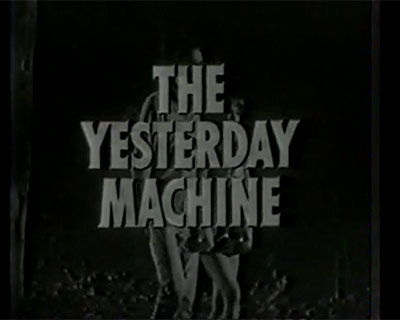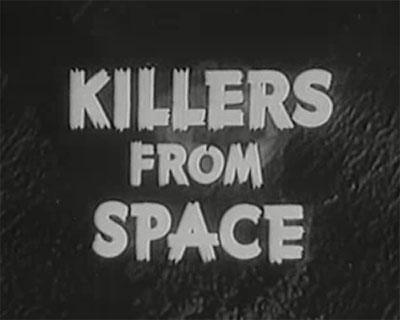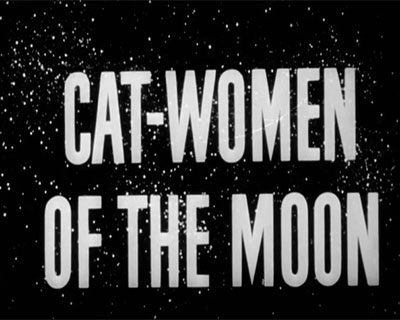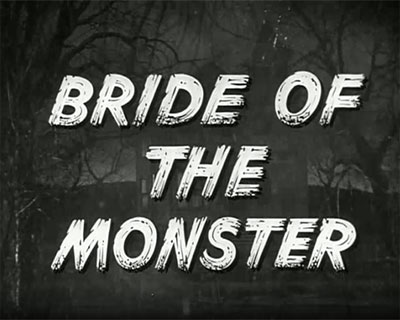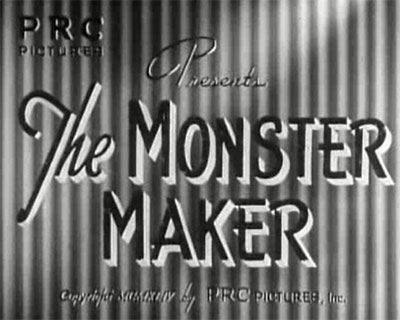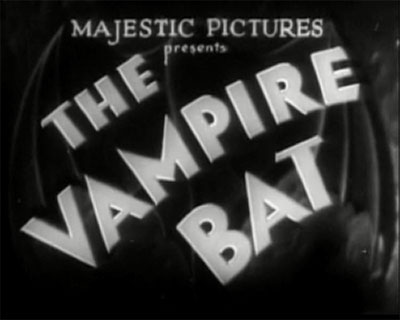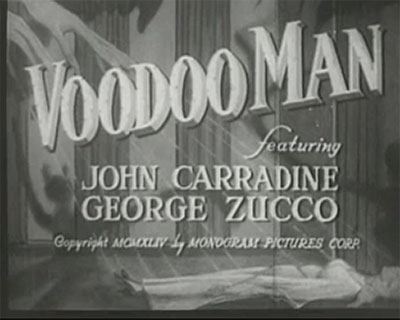“The Mad Monster” is a horror movie from 1942 directed by Sam Newfield. The movie follows the story of a mad scientist named Dr. Lorenzo Cameron (played by George Zucco) who has developed a serum that can turn animals into monsters.
Dr. Cameron uses his serum to transform his loyal servant Petro (played by Glenn Strange) into a werewolf-like creature that he plans to use as a weapon against his enemies. However, Petro’s transformation is unstable and he becomes increasingly violent and uncontrollable.
Meanwhile, Dr. Cameron’s daughter Lenora (played by Anne Nagel) becomes suspicious of her father’s experiments and teams up with a reporter named Tom Gregory (played by Johnny Downs) to investigate.
The film explores themes of science and the consequences of playing with nature. The special effects and production values are typical of low-budget horror films of the era, but the film has gained a cult following for its campy charm and entertaining storyline.
In the end, Tom and Lenora are able to stop Dr. Cameron’s plans and destroy the serum, but not before Petro wreaks havoc on the town. The film concludes with a warning about the dangers of unchecked scientific experimentation and the importance of ethical boundaries.
Directors:
Sam Newfield
Writer:
Fred Myton
Stars:
Johnny Downs, George Zucco, Anne Nagel




